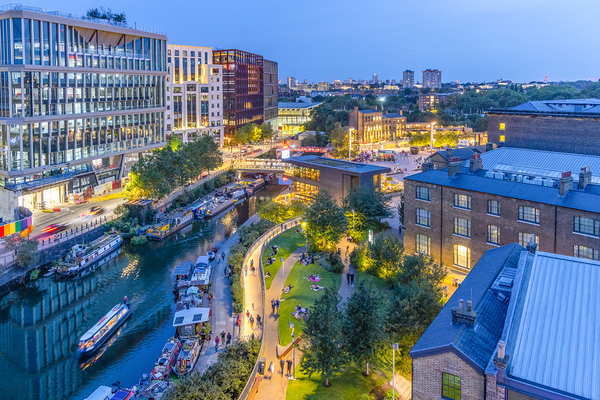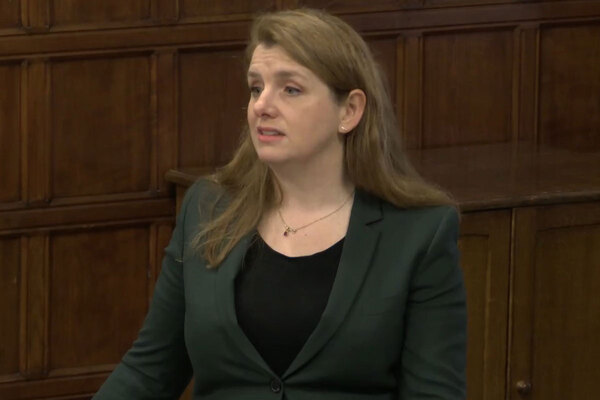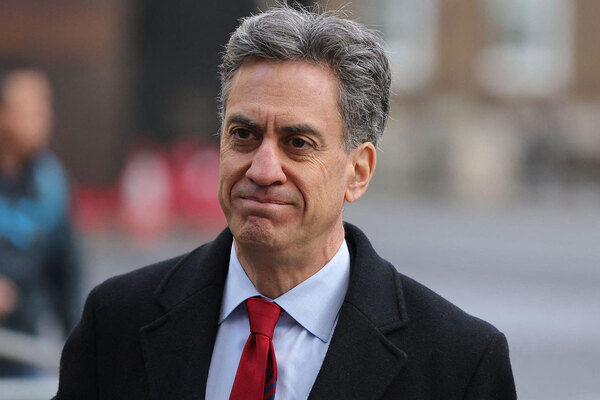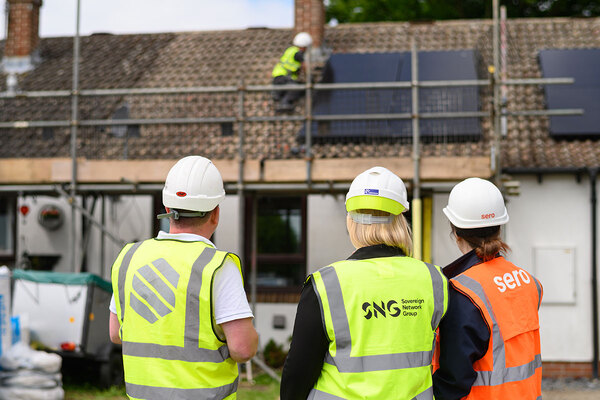You are viewing 1 of your 1 free articles
 Jules Birch
Jules BirchSimple ‘solutions’ plague our thinking about housing
A housing system that works for everyone is as far away as ever, says Jules Birch
‘What makes the housing crisis so maddening is that there is a simple solution: Britain needs to get building.’
So ran a tweet a couple of weeks ago from The Economist about an article titled How to Solve Britain’s Crisis. Unleash the market, build on the green belt and, hey presto, the housing crisis is over.
In fairness, the article’s proposition was a bit more complicated than the tweet implied – it also proposed reform of stamp duty and council tax – but it is still an illustration of the way that ‘simple solutions’ plague our thinking about housing.
What I mean by that is that there may well be good arguments that can be made for building on the green belt, or rent control, or building a million council houses, or prefabrication, or any of the other quick fixes that are routinely trotted out.
It’s certainly hard to see a solution that does not involve more homes, better conditions for private renters, a greater role for local authorities and innovations in construction.
However, it’s quite different when one of them is proposed as the solution. Usually this is by one of the ‘unleash the market’ brigade who believe that the housing crisis is all down to planning.
From that viewpoint, which seems to hold sway in the Treasury as well as free market thinktanks, fixing housing comes down to removing barriers to new construction and letting the market match supply with demand.
Even in its own terms this view of the market is questionable. Output of, say, 300,000 homes a year would have to be sustained for years to make a difference and that has not been achieved for 80 years without significant state intervention. Who would build the homes now?
Meanwhile demand for those homes is determined by more than just the rational economic actors you come across in economic text books.
Who would buy them? First-time buyers? Landlords? Overseas investors? And why? As places to live? Investments? Hedges against future house price inflation?
And housing involves the interaction of more than one type of market: prices and rents are influenced by the availability of credit and land, and taxation of other forms of investment, as well as by construction of new homes.
With all that in mind it was good to see housing feature last week in the opening episode of a new series of Radio 4’s Analysis called The Fix that asked ‘how do we improve access to affordable housing?’.
“Housing involves the interaction of more than one type of market.”
The idea is to bring together teams of ’12 of the country’s brightest young minds’ in a competition featuring policy planning techniques used by governments around the world to tackle difficult social problems.
The teams of researchers, designers, academics and entrepreneurs are asked to ‘think the unthinkable’ and then pitch their final ideas to two judges.
It was heartening to see that some of the antidotes to ‘simple solutions’ are becoming mainstream: ideas such as making the land market more transparent and buying it at existing use value, making better use of the existing stock and tax reform.
And some of the ideas the contestants developed, such as taking the profit motive out of owner-occupation and opening the land market to everyone, were genuinely radical.
However, my heart sank when I heard some of the ‘challenge questions’ they were asked as part of the policy planning process. If these are really the questions government policymakers ask themselves no wonder our social problems are so intractable.
What would Ikea do? The answer is so blindingly obvious that Ikea is already doing it but success has proved elusive.
What would Richard Branson do? I have a funny feeling the bearded genius would turn the housing crisis into a marketing and money-making opportunity that achieves about as much as Virgin space flights.
“What was interesting was just how committed the young team members were to decommodifying owner-occupation and putting housing as shelter before housing as asset.”
Thankfully the final ideas were better than that. Team 1 focused on reforming the land market, banning direct sales to developers and enabling consumers to buy small plots.
Team 2 wanted to impose limits on house price increases by 2027 in a bid to tackle under-occupation and put people before profit.
Team 3 favoured a government-supported social housing incubator, encouraging socially responsible developers to pilot solutions such as community land trusts and open-source housing delivery.
The judges, less willing to think the unthinkable than the young minds, chose Team 3 but recommended that Team 1’s idea should be one of the mini pilots.
That brief summary is only a flavour of the thinking that went into them. It’s not hard to come up with practical objections to some of the ideas, but perhaps that’s not really the point.
What was interesting was just how committed the young team members were to decommodifying owner-occupation and putting housing as shelter before housing as asset.
However, they also had a touching belief in the ability of technology and the sharing economy to come to the rescue rather than just generate huge profits for tech companies.
And despite the initial question – how do we improve access to affordable housing? – most of the solutions were focused on young middle-class people like themselves who want to buy.
Only Team 3 even mentioned social housing and housing benefit and conditions for renters got scant attention.
A housing system that (to coin a phrase) works for everyone seems as far away as ever.
Jules Birch, award-winning blogger
Related stories









